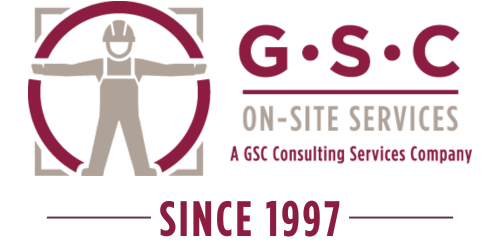The Case for Outsourcing JSA's: Building a Solid Safety Foundation
In the world of workplace safety, Job Safety Analyses (JSAs) are often considered the bedrock upon which a robust safety program is built. JSAs serve as the base of the pyramid, a critical component in ensuring a safe and hazard-free work environment. While some might question the need to outsource JSAs, arguing that their in-house staff should possess the necessary knowledge and skills to conduct them, a closer examination reveals that outsourcing JSAs can offer a range of benefits that go beyond mere compliance.
Accuracy and Standardization
One of the primary advantages of outsourcing JSAs is the assurance of accurate data collection. A standardized approach to data collection is essential for assessing hazards and risks comprehensively. Outsourcing this task to a specialized vendor ensures that the process is carried out by professionals who have both the time and the knowledge to perform a thorough analysis. This guarantees that the JSA document is more than just a compliance tool; it becomes a reliable source of information for improving workplace safety.
Going Beyond Compliance
It's true that a JSA, completed merely for the sake of compliance, might seem like a box-ticking exercise. However, the real value of a JSA lies in its ability to go beyond compliance. When a JSA includes risk rating and a strategic plan for risk reduction, it becomes an invaluable resource. It can be seamlessly integrated into various aspects of your safety program:
Work Instructions: JSAs can be used to develop clear and effective work instructions. They provide a detailed breakdown of tasks, consistent with the JSA document.
NOTE: some companies add a section on their work instructions that outlines specific job hazards
Safety Training: JSAs serve as a foundation for developing safety training programs. They help employees understand the risks associated with their tasks and how to mitigate them, developing administrative, engineering controls, and training materials
Ergonomic Solutions: JSAs can identify ergonomic challenges and guide the development of ergonomic solutions, reducing the risk of MSD of workplace injuries.
Risk Reduction Solutions: The risk reduction plan within a JSA serves as a roadmap for addressing safety concerns, making it an integral part of safety planning and the development of KPI’s, capital budget items, and continuous improvement ideas.
Addressing Common Challenges
In practice, many organizations face common challenges when it comes to JSAs. Some have no JSAs in place, while others have outdated or incomplete ones. Given these challenges, the question arises: Is it better to engage an outside vendor to complete all JSAs comprehensively, providing a baseline for safety, or to simply neglect this crucial aspect of safety management?
The answer lies in recognizing that changing the safety culture of an organization is a gradual process that demands time, effort, and consistency. It begins with establishing a solid foundation, and JSAs play a central role in this process. Outsourcing JSAs to a specialized vendor can help address common shortcomings in JSA management.
By entrusting the task to experts, organizations can:
Ensure that all assets and workstations have up-to-date and comprehensive JSAs.
Receive not only the JSAs but also other essential safety program documents for compliance and employee use.
Benefit from the experience and knowledge of vendors who can offer valuable insights and guidance.
In conclusion, the decision to outsource JSAs should not be seen as an admission of incompetence but rather as a strategic move toward enhancing workplace safety. The value of accurate, comprehensive JSAs goes far beyond compliance; they form the cornerstone of a safety program that can evolve and endure under the guidance of the site safety team. Outsourcing JSAs can provide the necessary expertise and resources to build a culture of safety that will benefit the organization and its employees for years to come.
